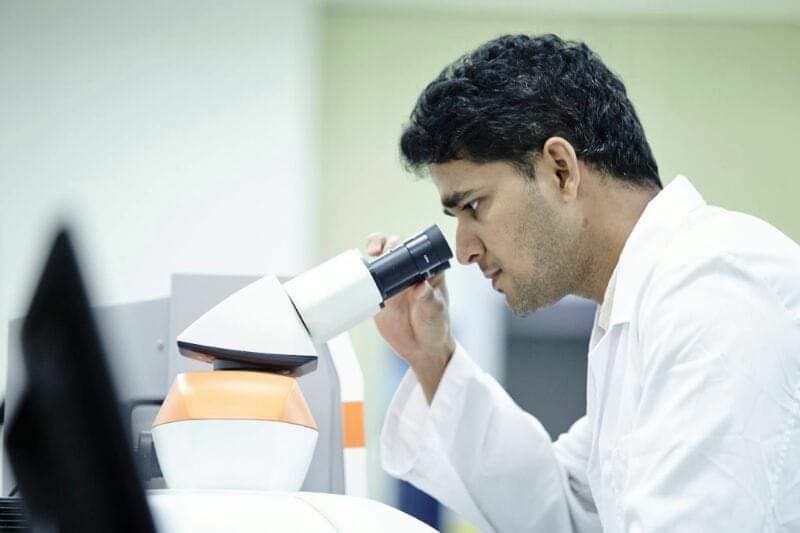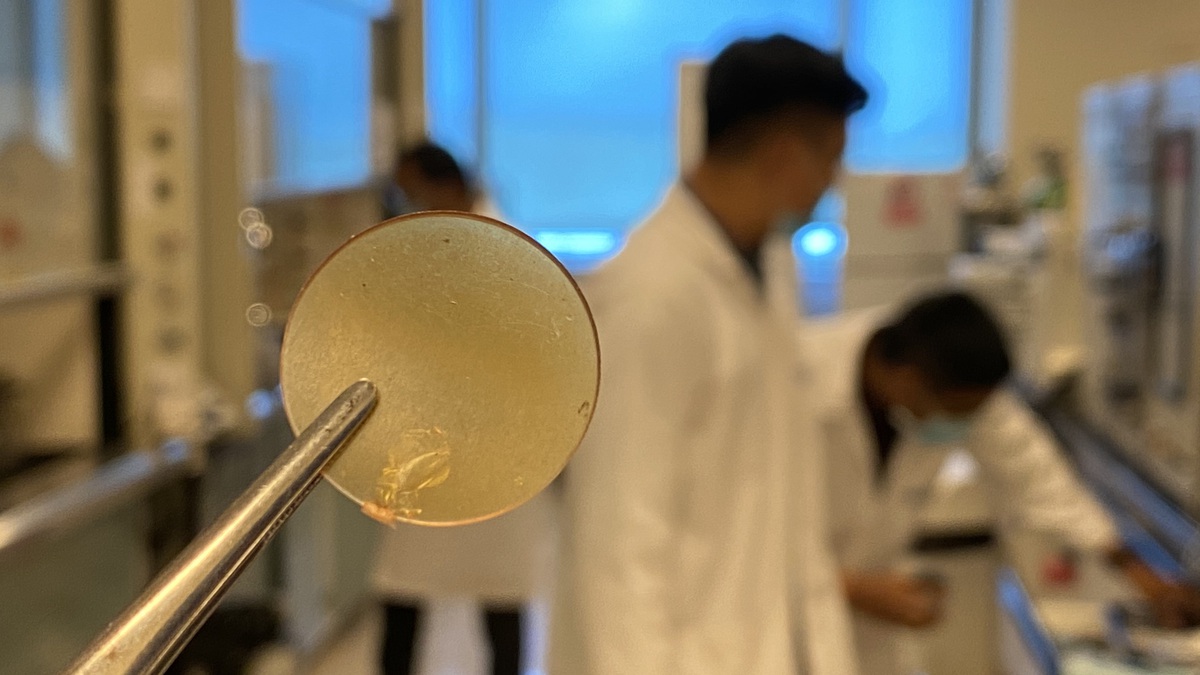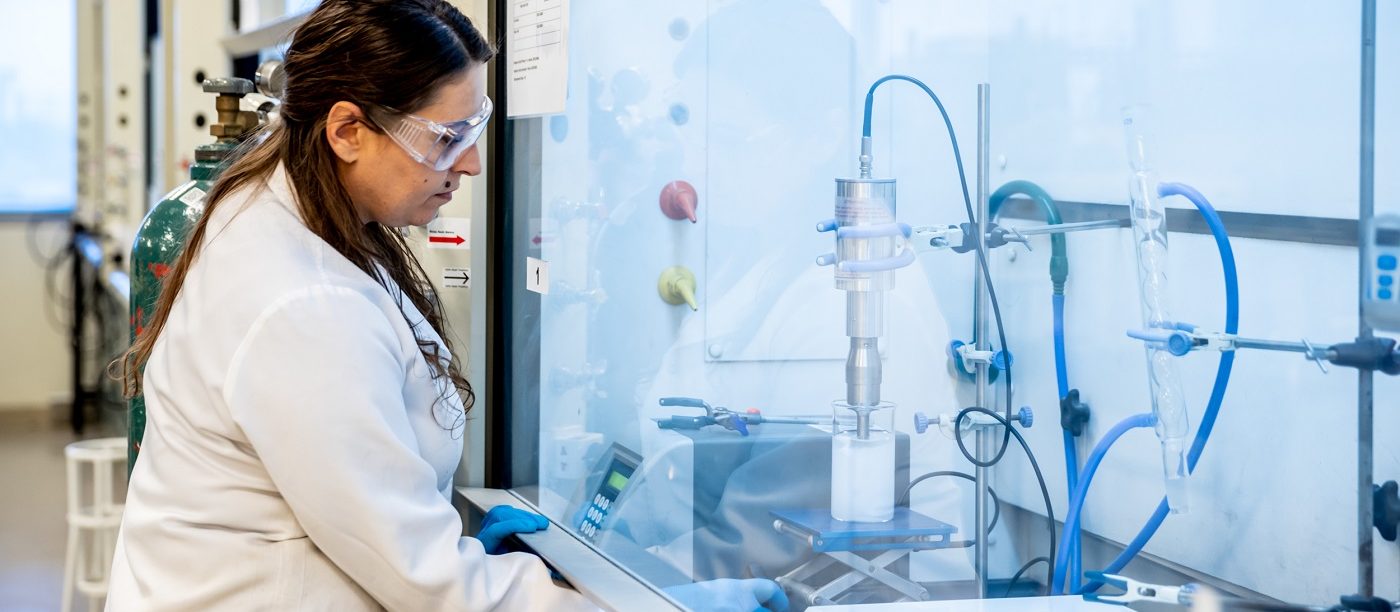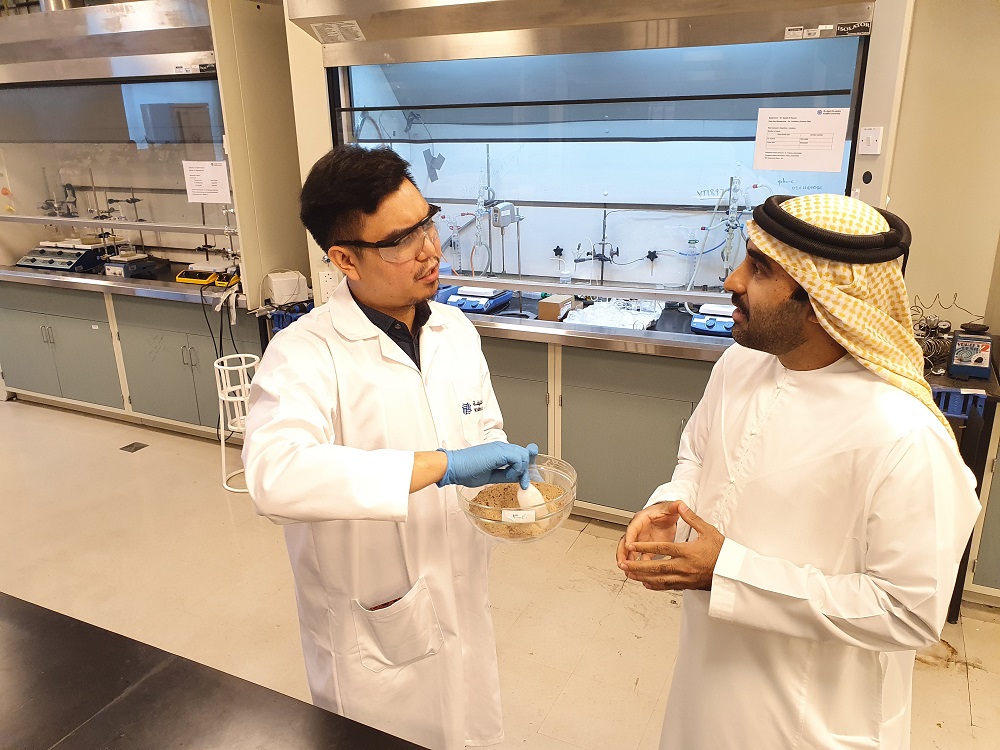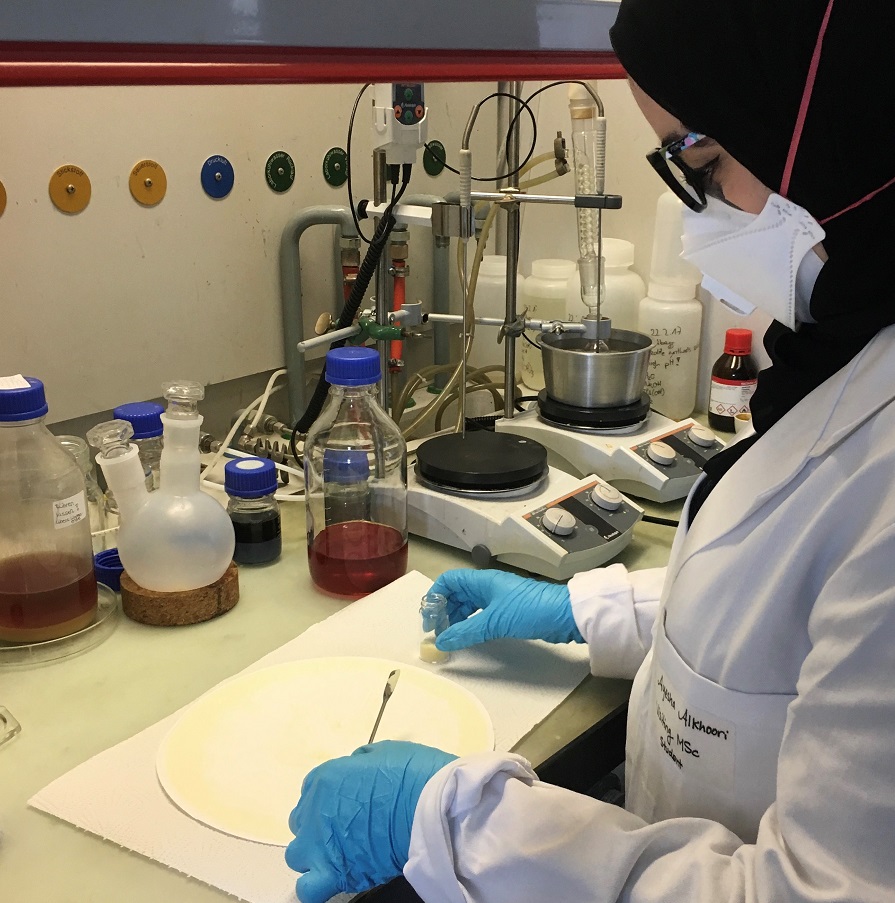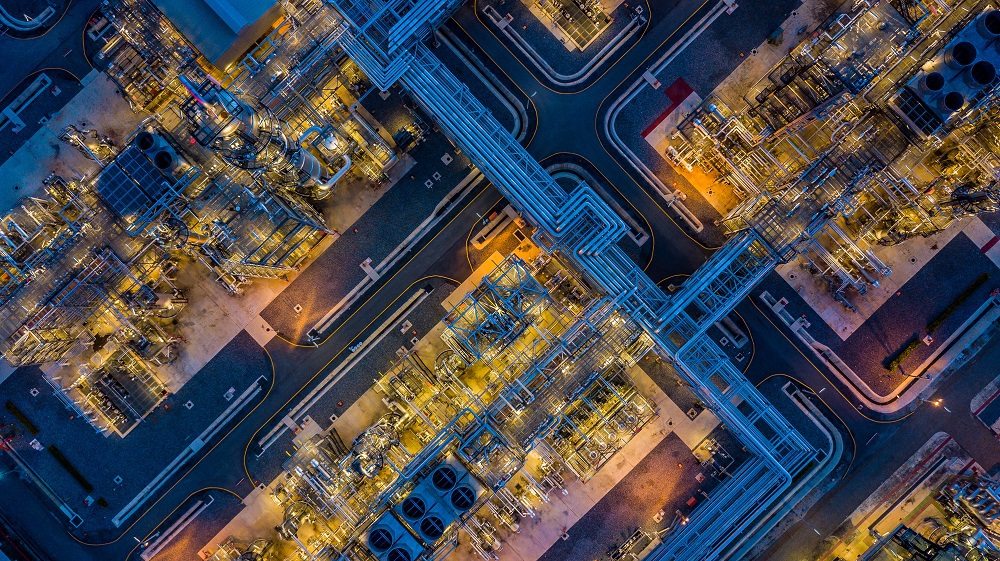
Khalifa University researchers developed a model to overcome the challenges natural gas plants face due to fluctuations in processed natural gas quality and quantities demanded by markets.
Researchers at Khalifa University have used artificial intelligence to investigate the optimal allocation of natural gas for maximum operating efficiency.
Satyadileep Dara, MSc in Chemical Engineering, and Dr. Yasser Al Wahedi, Assistant Professor of Chemical Engineering, along with Haytham Abdulqader from the Department of Petroleum Engineering and Dr. Abdallah Berrouk, Associate Professor of Mechanical Engineering, detailed their model using an evolutionary algorithm in a paper published this month in the journal Energy.
Natural gas is one of the most commonly used fuels and the fastest growing component of worldwide primary energy consumption.
“A key challenge faced by many governments lies in the optimal allocation of resources,” explained Dr. Al Wahedi. “The market is experiencing dynamic changes that have to be taken into account.”
“Natural gas has always been a focal point due to its pivotal impact on the world economy,” added Dr. Berrouk. “The economies of many countries across the globe rely on gas because of its versatility across sectors.”
Gas plants are often challenged by fluctuations in processed natural gas quality and quantities demanded by markets. Even more challenging is the rapid variation in the demand for natural gas products across the gas supply chain. To adapt a product portfolio to the changes in the market, a supply chain needs high operational flexibility.
The KU researchers developed a unified optimization model that envelops all supply chain components starting from reservoirs to the various downstream industries. The model aims to maximize the net profit of the gas network through optimum allocation of gas across the supply chain, which is defined as the network of suppliers, producers and consumers.
By taking into account the technical, contractual and economic aspects of a gas supply chain, the optimization exercise resulted in a large-scale model comprising 446 decision variables and 190 constraints. The researchers employed an evolutionary algorithm to solve the model and determine the optimum gas allocation matrix for a country’s gas network in any particular operating scenario.
“We focused on a large-scale gas value chain typical to the Middle East given that gas is a primary catalyst for economic growth and diversification across the region,” explained Dr. Al Wahedi.
“A system is grouped into three blocks: two onshore gas development blocks and one offshore. Each of these blocks comprises a number of gas reservoirs, stabilization trains and processing plants. Their key products include sales gas, ethane, propane, butane, sulphur, naphtha and condensate. These products are then routed to various consumer industries that include cement, power, polymers, steel, fertilizers and aluminium. Gas used for reservoir pressure maintenance is also considered.”
The natural gas supply chain network contains several combinations of gas pathways because there are many destinations for the products developed at each gas complex. Therefore, there are multiple possibilities of allocating the gas from the wells to the stabilization facilities, and then from these facilities to NGL units. The simplest and most convenient way to allocate the gas is to base it on previous experience, informal obligations, or constraints evolved over years of operation.
“Such practices can only offer a sub-optimum allocation of gas since they do not pay any attention to overall supply chain benefits or account for the gas consumers,” said Dr. Berrouk. “At a country level, the scope for optimization extends to identifying the most efficient gas allocation network in terms of energy consumption across the supply chain ranging from reservoirs to consumers.”
“We validated our model using real operating data from 2015, with results showing that our model predictions lie within 3 percent of the real data,” said Dr Al Wahedi. “Not only that, but we used our model to investigate the optimum allocation of gas across the supply chain for sixteen operating scenarios.”
The results found that a minimum 3 percent increase in aggregate supply chain net profit can be obtained using the optimized allocation matrix.
“It’s clear that a comprehensive optimization model can benefit the government for overall gas allocation and value generation.” said Dr. Berrouk.
Jade Sterling
News and Features Writer
5 April 2020


